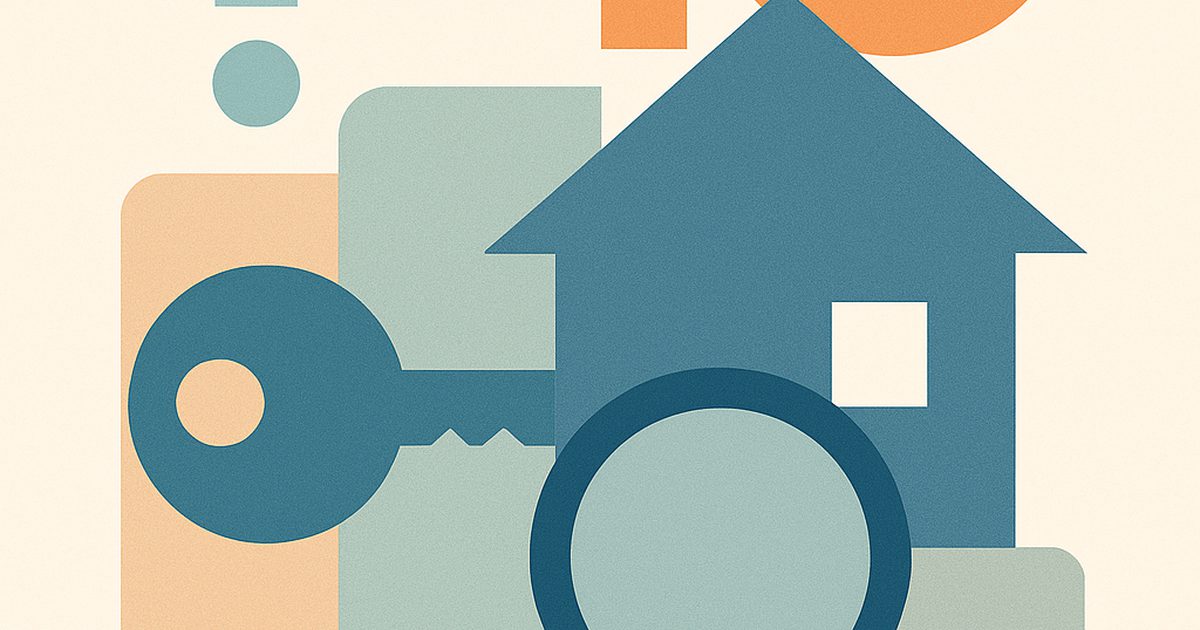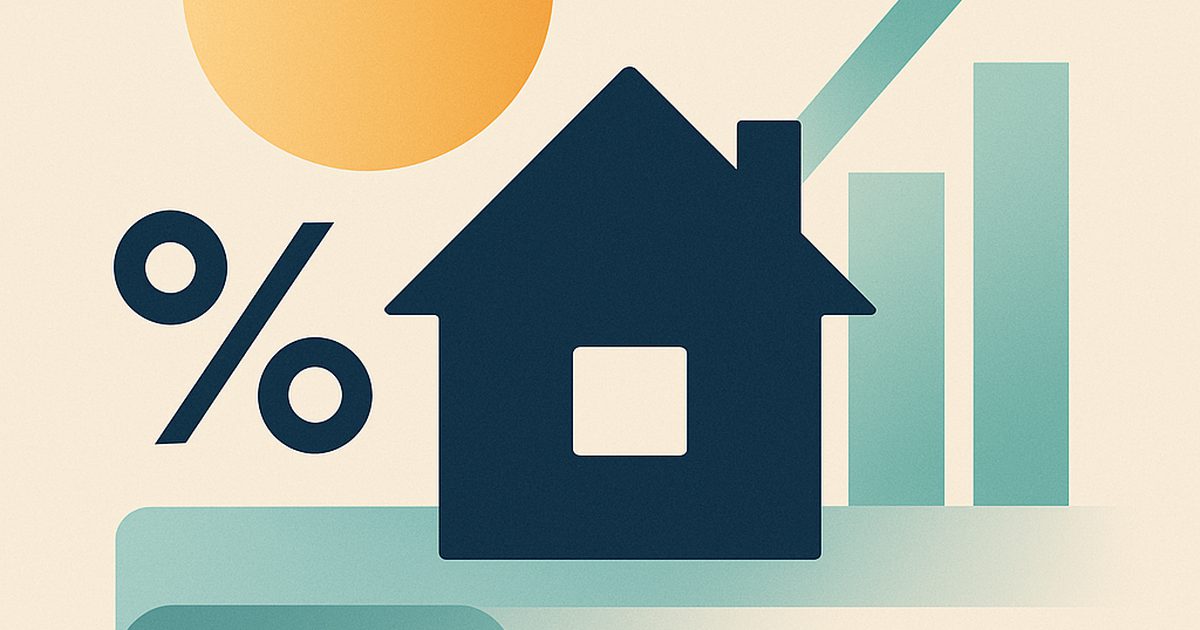TL;DR
- A 20 % deposit is not a legal requirement for buying a home in Washington State.
- Lenders can approve loans with deposits as low as 3 %‑5 % if other underwriting criteria are met.
- The main consequence of a lower deposit is the need for private mortgage insurance (PMI), which protects the lender, not the borrower.
- PMI can be removed once the borrower’s equity reaches roughly 20 % (80 % loan‑to‑value).
- Waiting for a larger deposit can cost more if home prices rise, so many buyers choose a smaller deposit and pay PMI instead.
1. The 20 % Myth Explained
The idea that you must put down a fifth of the purchase price before a lender will finance a home has been around for decades. It originated in the early 20th‑century mortgage industry, when banks wanted to minimise the risk of default and foreclosure. A 20 % deposit gives the lender a cushion: if the property falls in value or the borrower defaults, the sale of the house is more likely to cover the outstanding loan balance.
In Washington State, however, the law does not mandate a 20 % deposit. The requirement is a practice that many lenders still follow, but it is not a statutory rule. As one article notes, “you don’t need a 20 % down payment to buy a home in Seattle” because lenders can approve loans with smaller deposits if the borrower meets other criteria [1].
2. Legal Requirements in Washington State
2.1 No Statutory Minimum
The Washington State Department of Commerce has no regulation that forces a borrower to deposit 20 % of the purchase price. The only legal requirements relate to the type of loan (e.g., FHA, VA, conventional) and the borrower’s creditworthiness. Therefore, a 20 % deposit is an advisable but not mandatory condition.
2.2 Lender‑Based Policies
Most lenders in Washington adopt a “20 % rule” as part of their underwriting guidelines. They view a 20 % deposit as the point at which the loan‑to‑value (LTV) ratio falls to 80 % or lower. At that level, the lender feels comfortable that the borrower has enough equity to absorb a market downturn. If the deposit is below 20 %, lenders typically require private mortgage insurance (PMI) to mitigate the higher risk [1].
3. Mortgage Insurance and Its Role
3.1 What Is PMI?
Private mortgage insurance is an additional monthly fee paid by the borrower. It protects the lender in case the borrower defaults and the sale of the property does not recover the full loan balance. PMI is not a benefit for the homeowner; it simply reduces the lender’s potential loss.
3.2 When Is PMI Required?
If the down payment is less than 20 % of the purchase price, most conventional lenders will add PMI to the loan. The cost typically ranges from 0.3 % to 1.5 % of the loan amount per year, depending on the lender and the borrower’s credit profile [1].
3.3 Removing PMI
PMI can usually be cancelled once the borrower’s equity reaches 20 % of the home’s original value, which corresponds to an LTV of 80 %. Some lenders may allow earlier removal if the borrower can prove a higher LTV through a refinance or a documented market appreciation. However, the threshold can shift if the housing market weakens, potentially delaying PMI removal [1].
4. Alternative Deposit Options
4.1 Low‑Deposit Conventional Loans
Many Washington lenders offer conventional loans with deposits as low as 3 %‑5 % for owner‑occupiers. These loans still require PMI but often come with competitive interest rates. The key is to maintain a strong credit score and a low debt‑to‑income ratio.
4.2 Government‑Backed Loans
- FHA Loans: The Federal Housing Administration allows a minimum down payment of 3.5 %. FHA loans also require mortgage insurance, but the premiums are split into an upfront fee and a monthly payment that can be rolled into the loan balance [1].
- VA Loans: Veterans and active‑service members can buy a home with zero down payment, provided they meet eligibility criteria. VA loans do not require PMI, but they do have a funding fee that can be financed [1].
4.3 First‑Home Assistance Programs
Washington State offers several down‑payment assistance programs that provide forgivable or repayable loans, grants, or tax credits to first‑time buyers. These programmes can reduce the amount of cash the buyer needs to bring to the closing table [1].
5. Impact on Monthly Payments and Long‑Term Costs
5.1 Short‑Term Cost of PMI
While PMI adds to the monthly payment, the cost is usually modest compared to the savings of a lower down payment. For example, a 5 % down payment on a $400,000 home (i.e., $20,000) might add $80‑$120 per month in PMI, whereas a 20 % down payment would avoid that fee entirely. Over a 30‑year mortgage, the difference can be significant but is often outweighed by the benefit of owning a home sooner.
5.2 Opportunity Cost of Waiting
If a buyer delays saving for a 20 % deposit, home prices may rise. In Washington’s competitive markets, appreciation rates can reach 5 %‑10 % annually. Waiting three years could mean the buyer needs a larger deposit to avoid PMI, potentially erasing the savings gained by delaying purchase [3].
5.3 Equity Growth
With a lower deposit, the borrower’s equity grows faster because a larger portion of the mortgage principal is paid down each month. Once the equity reaches 20 %, PMI can be cancelled, and the borrower enjoys lower monthly payments without the insurance cost.
6. When a Larger Deposit Might Be Beneficial
6.1 Avoiding PMI Fees
If a borrower can afford a 20 % deposit, they can avoid PMI altogether. This can lead to lower monthly payments and a smaller overall cost of borrowing.
6.2 Better Loan Terms
Lenders may offer lower interest rates or more favourable terms to borrowers who provide a larger deposit. The reduced risk to the lender can translate into a better deal for the borrower.
6.3 Faster Equity Accumulation
A 20 % deposit means the borrower starts with 20 % equity. Even if the loan has a higher interest rate, the borrower may reach the 80 % LTV threshold quicker, allowing PMI removal sooner.
7. Common Misconceptions and How to Avoid Them
| Myth | Reality | How to Verify |
|---|---|---|
| “You must put down 20 % to buy a home.” | No legal requirement; lenders can approve lower deposits. | Check the loan program’s down‑payment guidelines and speak with a lender. |
| “PMI protects the homeowner.” | PMI protects the lender; it is a cost to the borrower. | Review the PMI policy and ask the lender how it is calculated. |
| “A larger deposit always saves money.” | It can save on PMI, but waiting may increase the total cost if prices rise. | Compare total cost of ownership for different deposit scenarios. |
| “All lenders require 20 %.” | Many offer low‑deposit conventional loans and government‑backed options. | Shop around and compare loan products. |
8. Practical Steps for Buyers
- Assess Your Financial Position – Calculate how much you can realistically save for a down payment without compromising your emergency fund.
- Explore Loan Options – Look into FHA, VA, and low‑deposit conventional loans.
- Understand PMI – Ask your lender for a detailed estimate of PMI costs and removal timelines.
- Check State Assistance – Investigate Washington State first‑home assistance programmes that can supplement your deposit.
- Compare Total Costs – Use a mortgage calculator that includes PMI, interest, and closing costs to see which scenario is most affordable.
Conclusion
The 20 % down‑payment myth persists because it was once the safest way to reduce lender risk. In Washington State, however, it is a guideline rather than a legal requirement. Borrowers can secure a mortgage with a lower deposit, pay PMI, and still achieve homeownership sooner. By understanding how PMI works, recognising the potential cost of waiting, and exploring alternative loan products, buyers can make an informed decision that aligns with their financial goals.
References
- You Don’t Need a 20% Down Payment to Buy a Home in Seattle, WA — sammamishmortgage.com — https://www.sammamishmortgage.com/down-payment-to-buy-home-in-seattle/
- Myths & Misconceptions About Mortgage Down Payments in WA State — sammamishmortgage.com — https://www.sammamishmortgage.com/myths-and-misconceptions-about-mortgage-down-payments-in-wa-state/
- Myth #1 – You need a 20% down payment – Kristina Bulajewski — kb-realtor.com — https://kb-realtor.com/2023/09/06/home-buying-myth-1-you-need-a-20-down-payment
- Do You Need 20% Down to Buy a Home? Busting Common Myths — 14daystoclose.com — https://www.14daystoclose.com/post/do-you-need-20-down-to-buy-a-home
- How Much Deposit Do You Really Need to Buy Property? | Property Portfolio Magazine — propertyportfoliomagazine.com — https://www.propertyportfoliomagazine.com/index.php/2024/11/22/how-much-deposit-do-you-really-need-to-buy-property/
- Debunking the 20% Down Payment Myth — auburninternational.com — https://auburninternational.com/20-percent-down-payment-myth/
- Is 20% Down required? | 1st-Time Buyer Myth-Busting Guide — yourlenderchris.com — https://yourlenderchris.com/2025/06/04/debunking-the-20-percent-down-myth/
- Myth-Busting: Debunking the “20% Down Payment” Rule and Other Homebuying Misconceptions — fairwaylend.com — https://www.fairwaylend.com/post/myth-busting-debunking-the-20-down-payment-rule-and-other-homebuying-misconceptions



